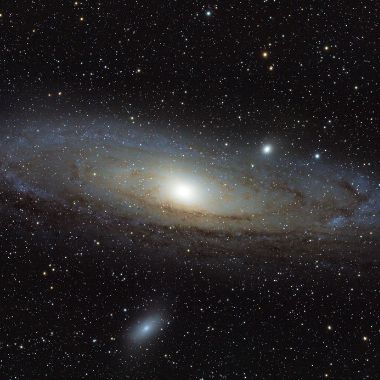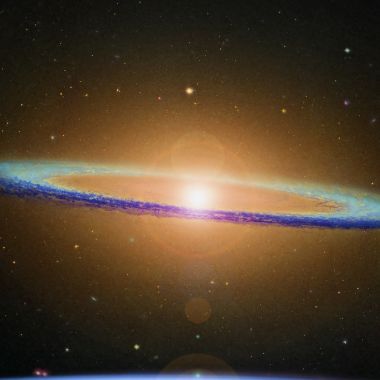A galaxy is a massive, gravitationally bound system that consists of stars, stellar objects (such as brown dwarfs and neutron stars), nebulae, an interstellar medium of gas and dust. The mysterious component called dark matter makes up the remaining unknown part of this starry mix. Our universe is filled with galaxies. Some are so small they have as few as ten million stars, and others contain a hundred trillion or more within the galaxy’s orbit. There are probably well over 170 billion observable galaxies in our universe!
Galaxy Facts
- The Universe has over 170 billion galaxies in it, yet there is also a future visibility limit.
- Astronomers have found tens of thousands of galaxies, but only a few are well-known to the public.
- The word “galaxy” is derived from the Greek word which literally means ‘milky’.
- Galaxies are categorized by their shape.
- There are a lot of galaxies in the universe and most have an average diameter between 1,000 to 10,000 parsecs.
- The Milky Way Galaxy is our home galaxy, for which the capitalized word “Galaxy” is used.
- The vast majority of galaxies in the universe are small dwarf galaxies.
- The most distant and primordial galaxy ever discovered is the catchy z8 GND 5296.
Galaxy Classification
Astronomers classify galaxies into three basic types: spirals, ellipticals, and irregulars. They further subdivide these categories based on their particular characteristics















